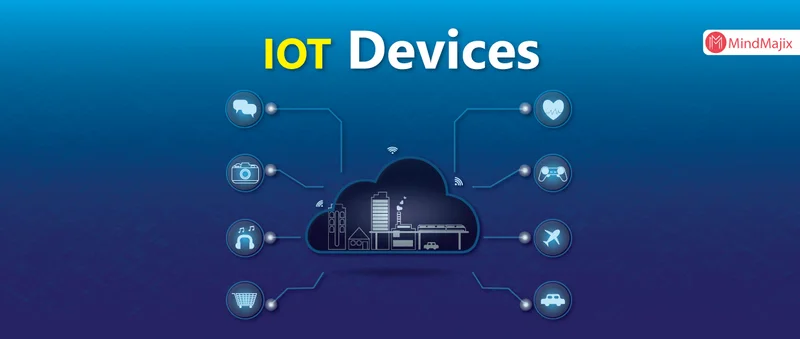The Coming IoT Singularity: When Devices Think For Themselves
Jincheng Wang and Nik Xe are about to drop a bomb at Black Hat Europe, and honestly, I couldn't be more thrilled. Forget everything you think you know about IoT security because they're about to redefine the entire landscape. Their model for mass IoT device takeover—without needing vulnerabilities or even IP addresses—is a paradigm shift. It’s the kind of thing that makes you sit back and say, "Wow, the future is really here."
The core idea? Attackers can impersonate devices on cloud platforms using just the device’s serial number or MAC address. Think about that for a second. These are often exposed, treated like they’re nothing, and suddenly, they’re the keys to the kingdom. This impersonation then steamrolls over the legitimate cloud management channel, bypassing all sorts of authentication. It's like finding a back door you didn't even know existed. And the kicker? Attackers can then send admin commands through the cloud service to the impersonated device, even if it's behind a firewall or completely disconnected from the web. Cloud Break: IoT Devices Open to Silent Takeover Via Firewalls - Dark Reading | Security
This isn't just about hacking your smart fridge, though that's concerning enough. This is about potentially taking over entire industrial control systems. Imagine the implications for manufacturing, energy grids, or even transportation. It’s the kind of vulnerability that could bring entire industries to their knees. What if someone were to exploit this on a grand scale? How can we ensure that these critical infrastructures are secured against such attacks?
The Dawn of the Autonomous Device
But here's where it gets really interesting, and where my excitement truly kicks in. This vulnerability isn't just a threat; it’s a sign of things to come. Edge AI is transforming IoT devices into intelligent, autonomous decision-makers. We're talking about devices that can learn, adapt, and operate independently, enhancing operational efficiency and safety in ways we’ve only dreamed of. The line between Industrial IoT (IIoT) and the Internet of Robotic Things (IoRT) is blurring. We're seeing automated guided vehicles (AGVs), autonomous mobile robots (AMRs), and collaborative robots (co-bots) working side-by-side, creating a symphony of automation.

Think of it like this: For years, we've been connecting devices to the internet, but now we're giving them brains. It’s like the printing press all over again—democratizing intelligence and putting it in the hands of, well, everything. This is the promise of Industrial 4.0: digitalization, connectivity, and analytics woven into the very fabric of manufacturing. Wireless IIoT devices are exploding in popularity, with Wi-Fi 7 promising sub-10 millisecond latency. Ultra-wideband (UWB) wireless is enabling precise robot-to-robot and human localization tracking. The speed of this is just staggering—it means the gap between today and tomorrow is closing faster than we can even comprehend.
Now, back to the security issue. The fact that these devices are becoming so powerful, so autonomous, and yet are still vulnerable to such basic impersonation attacks… well, it's a wake-up call. It's a stark reminder that security can’t be an afterthought; it has to be baked into the very foundation of these systems. The EU Cyber Resilience Act is a step in the right direction, mandating device manufacturers to update devices within two weeks of discovering a vulnerability. But is that enough? Can we truly patch our way to security in a world of increasingly sophisticated threats? And what about the ethical implications? As devices become more autonomous, who is responsible when things go wrong?
This is the kind of breakthrough that reminds me why I got into this field in the first place. The potential for good is immense, but so is the potential for harm. We need to be proactive, not reactive. We need to treat serial numbers and MAC addresses like the sensitive data they are. And we need to develop new authentication methods that can't be so easily bypassed. What this means for us is… but more importantly, what could it mean for you?
The Singularity is Nigh!
This isn't just about securing IoT devices; it's about building a future where technology empowers us, rather than endangers us. It’s about embracing the potential of autonomous devices while acknowledging the risks. It's about creating a world where the Internet of Things becomes the Internet of Trust. And that, my friends, is a future worth fighting for.
